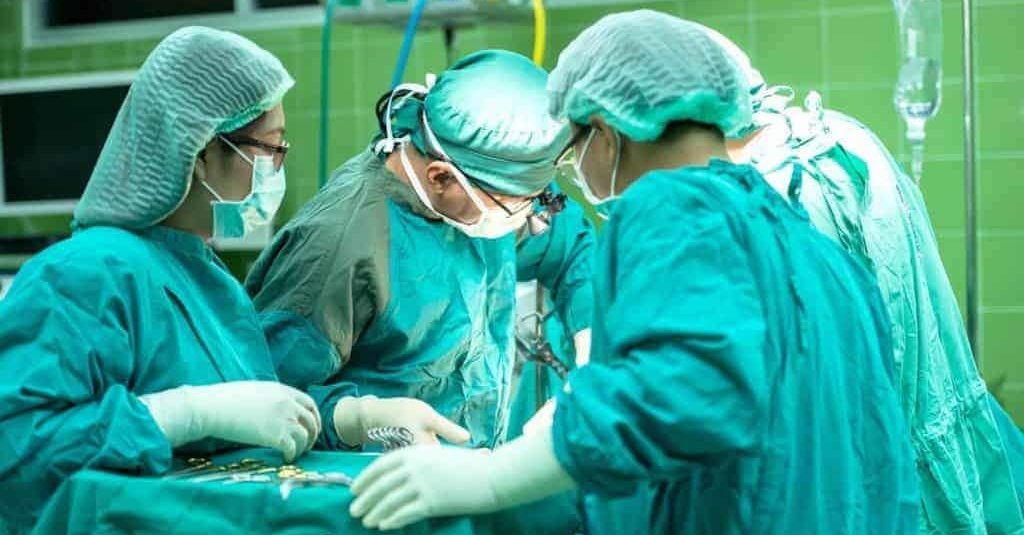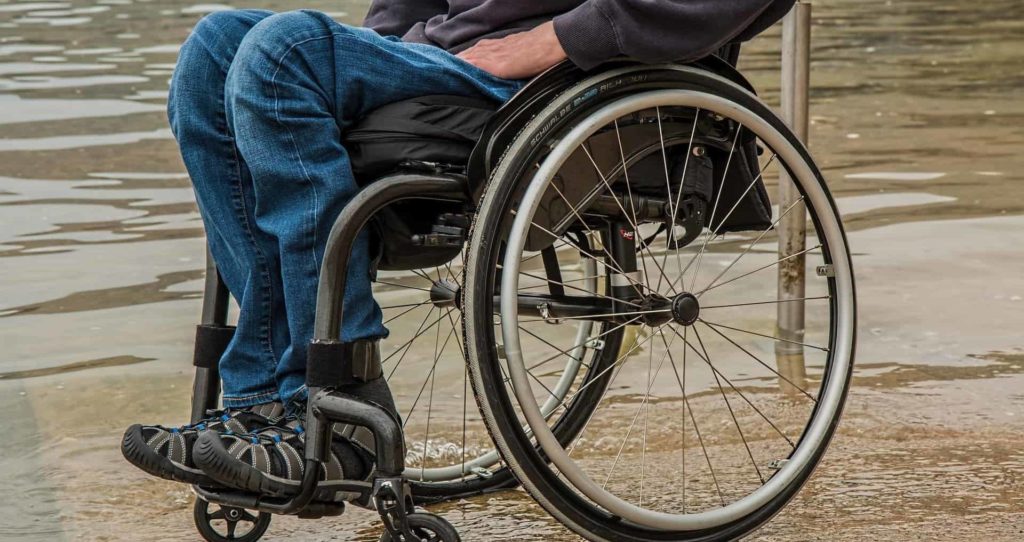Unique operation with robotic technology at the University Hospital Vienna (Austria).
One of the first surgeries in the world with robotic technology was made at the Medical University of Vienna and at the ENT department of the Vienna General Hospital (AKH). During minimally invasive cochlear implant surgery, a high-tech device automatically used a data stream to provide precise access to the inner ear. This high degree of automation and highly accurate navigation shows us the future with robotic surgery.
Robotic surgical procedures have been an integral part of surgery for several years now. Surgical robots act as an extension of the surgeon’s arm and reproduce their movements in a very confined space. Combined with modern imaging techniques, this enables minimally invasive procedures, also known as keyhole surgery, to be performed.
In the Department of Ear, Nose and Throat Diseases, one of the first operations in the world was successfully performed using new technology, which represents a two-fold qualitative leap: the new technology works completely automatically, without manual control by surgeons and is also equipped with a high-precision navigation system with a small range of variation, that surgery in a very limited space, such as cochlear implant surgery, can be performed as an invasive procedure.
Using robotic technology is the ability to work on autopilot.
“This new technology can be compared to the autopilot system in the airplane. The robot works like the autopilot with an accurate navigation system that receives all the necessary information regarding the cochlear with an inserted implant and with the position of the facial and gustatory nerves. With this new technology, the surgeon no longer operates manually. The robot starts up and then operates without manual control, ”explains Wolfgang Gstöttner of the ENT department, who led the department for cochlear implant surgery.
But the high-tech system cannot work without specialists. The technology includes a portable intraoperative computed tomography. Before launching a surgical robot, this device performs a tomography scan, which allows specialists to determine exactly where the cochlea and the surrounding nerves are located. Based on this data, a high-tech device creates a 3D model and calculates whether the robot can set a suitable angle for access to the cochlea without touching arteries or nerves. The robot can start the actual procedure only if the result of this calculation is positive. The surgeon makes an incision behind the ear in advance and also installs the four or five screws that the robot needs as anchor points. The implant itself is also manually inserted after drilling into the cochlea.
Multilevel operational safety measures.
The work of the surgical robot is subject to multi-tiered guarantees. The access is drilled in stages and the system checks the channel angle between each drilling stage. High-precision measurements are ensured where the drilling is along the facial nerve. During this phase, specialists assist and place electrodes to monitor the patient. The robot automatically stops the drilling process if any concern is less than optimal. After that, it cannot be restarted even manually, so the operation will need to be continued manually.
This was not necessary during a surgery at the Department of ENT Diseases of the Medical University of Vienna and the Vienna General Hospital. The procedure was successfully performed using a high-tech robot as planned.
High-precision navigation system.
The new technology represents a quantum leap, especially for high-precision procedures such as cochlear implant surgery. Currently available devices with a deviation range of three to four millimeters cannot be used with navigation systems, because of the tiny size of the human ear. Even this minimum range is too high for cochlear implant surgery, because the cochlea is only 1 millimeter in diameter and the surrounding facial and gustatory nerves are adjacent to it. Specialist surgeons must mill a cavity 2–3 cm deep in the skull behind the ear so the implant can be inserted manually in a complex procedure.
“New technological ways give hope to patients and medical world that in the future, even very precise procedures, such as ear surgery, can be performed by robots as gently as possible,” says Gstöttner.
The robotic technology HEARO was developed by the Swiss medical technology company CASCINATION and is used also with the medical technology company MED-EL in Innsbruck. HEARO has been approved for clinical use and will be placed at the disposal of the Department of ENT Diseases by the end of the year.




